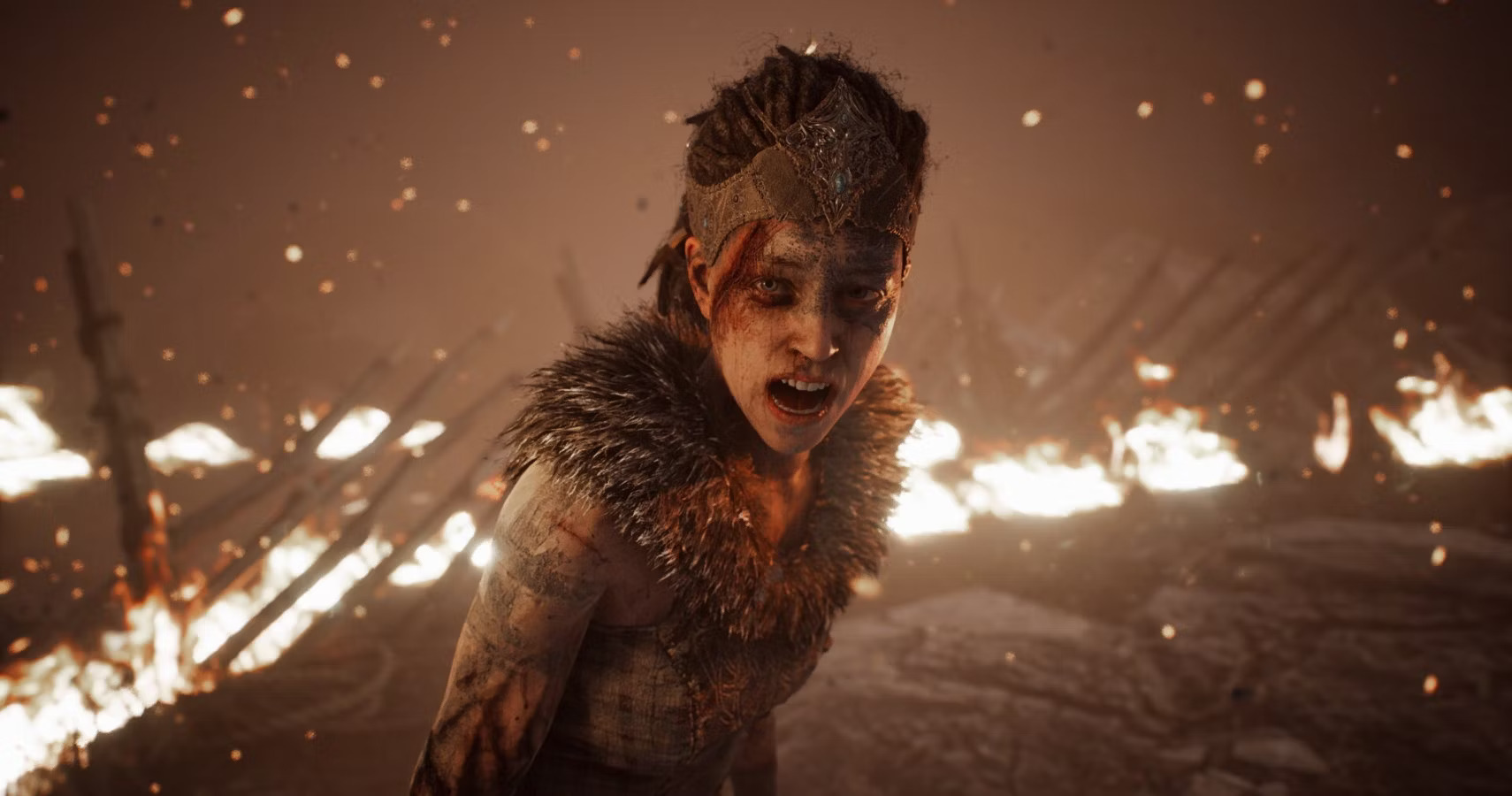


Prithhis Bose
May, 22.2024
Hellblade: A sequel to Senua's Sacrifice wasn't necessary. Its narrative was well-defined, and its treatment of mental health issues was skillfully (and delicately) done, culminating in a compelling denouement. Senua's Saga: Hellblade II, however, makes a strong argument for itself by utilizing the protagonist warrior's development to assist not just herself but also those around her for the first time, presenting her in an intriguing new light. Better gameplay and a great presentation combine to create a more completely gratifying sequel.
Senua is now a little older, a little wiser, and more self-assured than she was at the end of the first game. She's mostly accepted and embraced the voices that have caused her psychosis, but they still nag at her every thought (headphones are highly recommended because of the great and effective 3D audio). This time, the voices serve mostly as a powerful storytelling device—audible representations of her deepest worries and thoughts—rather than being a direct gaming element.
Senua travels to a new place in order to eradicate the slave traders that destroyed her native country. I liked the way the story took on a new significance of camaraderie as it developed into something much larger and more surreal. Melina Jurgens is supported by an equally outstanding supporting cast in yet another outstanding performance as Senua. It is satisfying to watch Senua engage and journey with a small group of unique and likeable allies, using the lessons she has learnt from her own difficulties to aid them in overcoming their own darkness. Her realistic worries of misguiding them not only feel like rewarding growth, but they also give her already interesting character a pleasant depth.
Senua may joke about with friends now, but regrettably, the voices she hears tend to interrupt important conversations. As someone who has never experienced psychosis, I say this from an artistic perspective, but trying to block them out in order to focus on a discussion made it easier for me to understand Senua's daily struggles. However, as a game, the voices' incessant talk did really get in the way of my wanting to listen to other people. The game occasionally adopts an unnatural conversational pace with odd, ill-fitting pauses throughout discussions in an attempt to fit in a flurry of inner voice speech when it does attempt to distinguish between the two.
Aside from a few minor annoyances, the close-quarters one-on-one combat confrontations have undergone a stunning visual and cinematic makeover. Because enemies can no longer surprise you from off-screen, you can always see the action. Sword duels continue to be a monotonous but thrilling dance of avoiding strong swings and making satisfying parries to fill a focus meter that, when released, permits Senua to launch a momentary, unopposed attack. Even while I liked taking down opponents with equal weaponry, the game does a great job of varying up the adversary diversity by including tough enemies that squirm on their hands or, most irritating, shoot fire. It was visually difficult to avoid the latter's flame-based offensive, so I would frequently cheese them and other bothersome people by focusing to rapidly drop them as soon as they entered the field. Fortunately, Ninja Theory eliminated the creeping permadeath penalty from the first game, so dying here has no repercussions and you may resume the action right away.